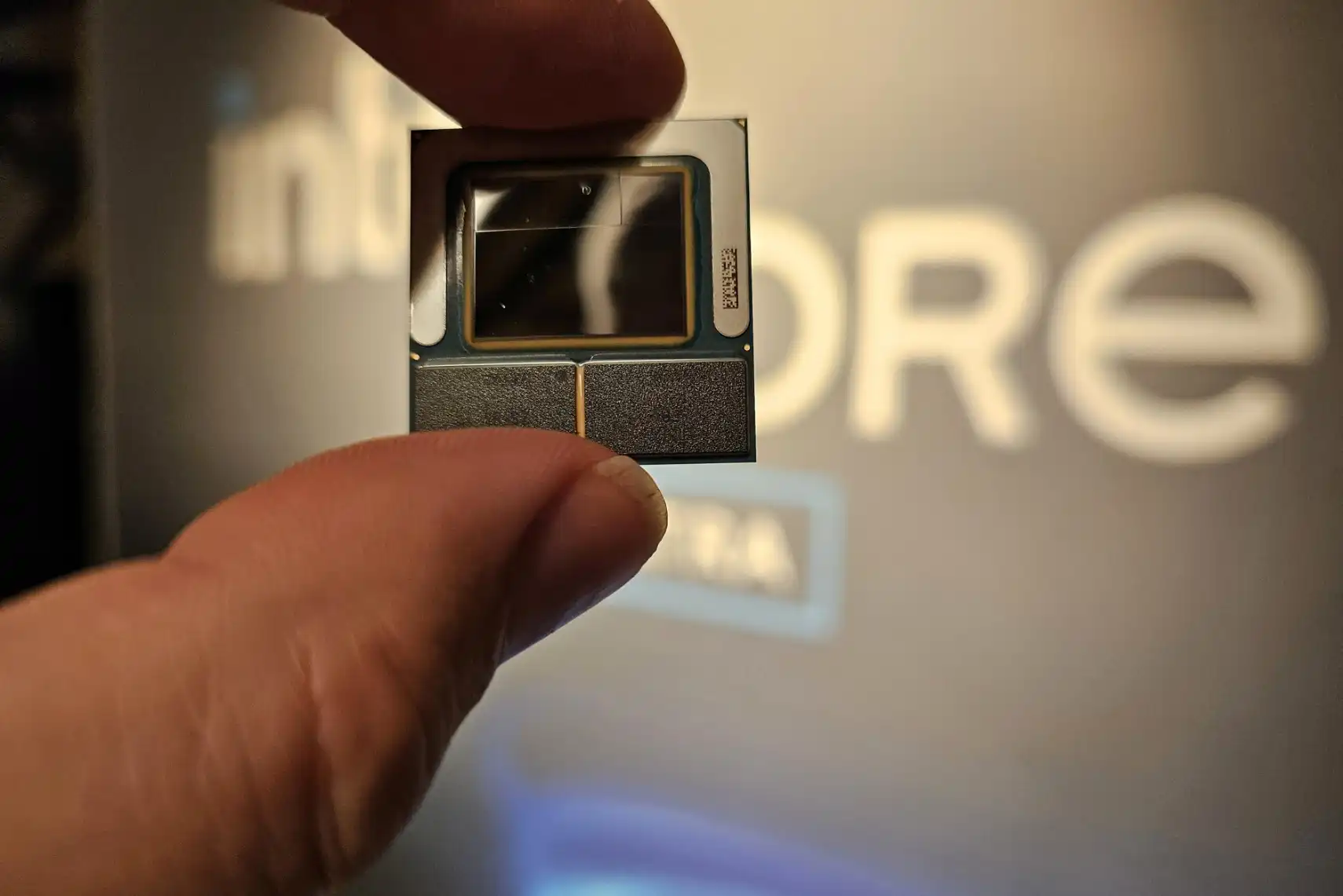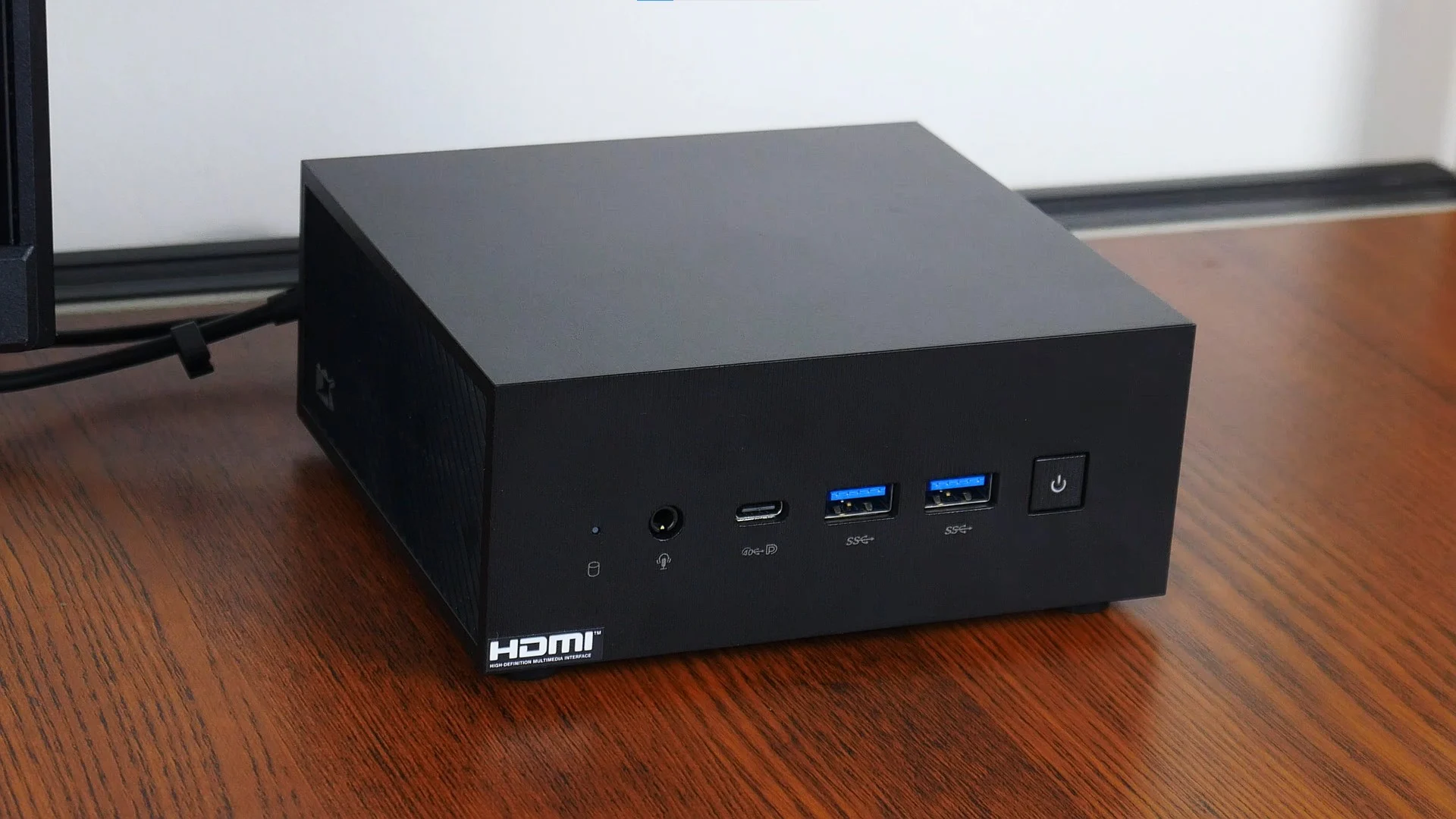Intel CEO Gelsinger calls it a “one off,” tips plans to bring Panther Lake and Nova Lake in house as much as possible.
Intel’s current mobile processor, Lunar Lake, will be a “one off” design that incorporates memory inside the package, Intel chief executive Pat Gelsinger said during a conference call on Thursday afternoon.
During its third-quarter earnings report, when Intel reported a loss of $16.6 billion that exceeded revenues, Gelsinger was asked about Intel’s Core Ultra Series 2 mobile chip, the first to incorporate DRAM directly into the microprocessor package. Normally, laptop makers buy memory modules from third parties and either insert them inside a DRAM slot or solder them down directly.
That changed with Lunar Lake, which sounds like it was never intended to be Intel’s mainstream mobile chip. “You know, Lunar Lake was initially designed to be a niche product that we wanted to achieve highest performance and great battery life capability,” Gelsinger told analysts. “And then [the] AI PC occurred.”
With the rise of the AI PC, and the growth of the NPU, Lunar Lake evolved from being a niche product to a “meaningful portion of our total mix,” Gelsinger said.
It’s not especially clear whether consumers love the integrated memory of Lunar Lake, either. Integrating the memory inside the package doesn’t allow consumers to upgrade the memory if they eventually need more. Intel doesn’t have many options, either, and has to stockpile and evaluate which processors need which memory capacity. It then has to mix and match memory and logic, an additional headache.
According to Gelsinger, Intel doesn’t want to be responsible for managing memory. “It’s not a good way to run the business,” he said.
Basically, don’t expect a repeat of Lunar Lake’s integrated design.
“It really is, for us, a one off with Lunar Lake,” Gelsinger did during the call. “That will not be the case with Panther Lake, Nova Lake, and its successors as well. We’ll build it in a more traditional way, with memory off package, and the CPU, GPU, NPU, and I/O capabilities in the package. Volume memory will be off-package in the roadmap, going forward.”
Intel desperately wants to get back to ‘Intel Inside’
Gelsinger reiterated that Intel’s 18A process, and the Panther Lake processor that will be built on it in the second half of 2025, will be a key turning point for Intel. One of the themes of the call was how the 18A process will complete Intel’s plan to move through five manufacturing nodes in four years. The other was how Intel wants to move as much manufacturing as it can into its own fabs. Lunar Lake is primarily built at TSMC, which means Intel has to pay the foundry a fee to manufacture it. This cuts into Intel’s profits.
“It’s having a pretty meaningful impact on Lunar Lake’s gross margins,” Gelsinger said.
With Panther Lake, more than 70 percent of the silicon area will be manufactured by Intel, Gelsinger said, without specifying which tiles will be manufactured at which fab. With Nova Lake, Intel has some designs in which it will build tiles at an external foundry, but the “large majority” of Nova Lake will be built in house, he said.
Nova Lake is expected to be a 2026-27 product and the mobile successor to Panther Lake’s H-series parts, according to reports. Intel, however, has never publicly characterized where Nova Lake fits into its roadmap and this may be Gelsinger’s first public mention of the chip.




